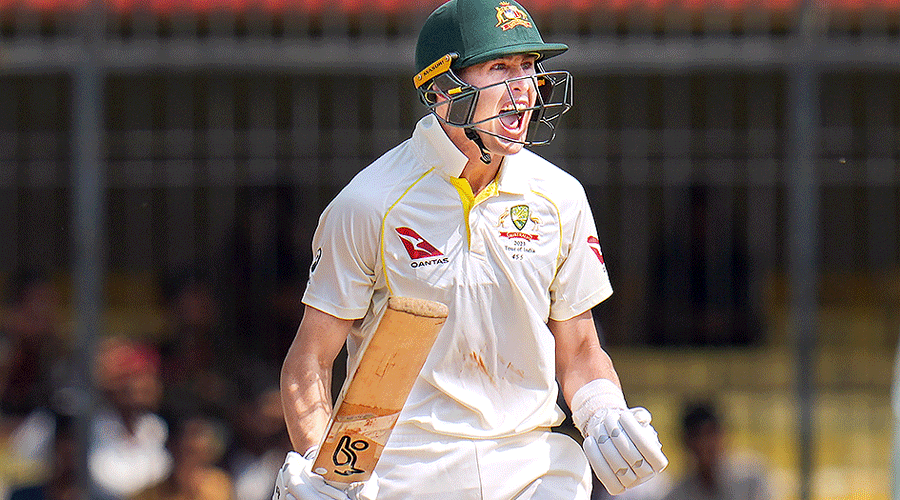It’s no surprise that the wicket in Indore has received a “poor” rating from ICC match referee Chris Broad after the Test finished in seven sessions.
It was also the first time since their loss to Steve Smith’s men in Pune in 2017 that India had lost a Test at home within three days. While it does speak volumes about the technical frailties of the home batters, it also opens a debate on the feasibility of playing on such surfaces.
Having learnt the tricks of the trade on similar surfaces, the Indians are expected to not just survive but also make enough runs on such wickets. But things have changed since the days of the Virender Sehwags and Sachin Tendulkars.
The Holkar Stadium pitch was a mixture of red and black soil. The red soil tends to offer more turn and bounce in sharp contrast to the black soil.
Mumbai’s Wankhede Stadium offers surfaces made of red soil while Eden Gardens has black soil. A mixture of red and black soils isn’t new to home-bred batters who have thrived on such pitches in their formative years.
Much hue and cry have been made of selective watering on the eve of the match, considered a common practice in these parts. The black soil tends to absorb more water which could have left it damp in certain areas. It meant less bounce, but when the ball landed in dry areas, it offered a sharp turn and bounce as witnessed in the opening session when India were out for 109.

Marnus Labuschagne roars on winning the Test. PTI photo
Such variable bounce wasn’t there as the pitch dried up after lunch. But the dew factor did make it difficult for batters in the morning session along with rapid deterioration because of the wear and tear. The batters’ technical proficiencies and shot selection come into sharp focus on such wickets and counterattacking ploys don’t always suffice.
“That Australia managed to win by nine wickets on the third day proves that batting wasn’t a nightmare. This was by no means an underprepared wicket but a typical Indian one where you needed to show application and temperament to survive,” a BCCI curator said on condition of anonymity.
“If a green top is considered a fair wicket why not a turning track? There were no wide cracks visible... It is the nature of the soil that offered the variable bounce and turn,” he said.
However, the team management’s wisdom of choosing such pitches while enjoying a 2-0 lead in the series is baffling. More so when none of the current Indian batters, except perhaps for Rohit Sharma and Cheteshwar Pujara, have it in them to master such conditions.
“Our strength is spin bowling and batting depth... Everyone uses that advantage as home side, so what’s wrong with that,” argued Rohit at the media conference.
Too much talk surrounding the pitch could also have hindered the players’ preparations. That none in the top order, besides Rohit in the first Test, has got a century in India in recent memory deserves a mention.
Pujara’s last century at home came in November 2017 while Virat Kohli has gone through 41 innings without a hundred, his last coming during the Day-Night Test at Eden Gardens in 2019.
The same applies for other top-order batters like KL Rahul (who was not in the XI in Indore) and Shubman Gill. Rahul’s last century at home came in December 2016 while Gill is yet to score one in India.
“You need patience to survive on such tracks... Play late and go on top of the ball or use the depth of the crease. Temperament is vital and you should be prepared to grind it out,” former India opener and national selector Devang Gandhi told The Telegraph.
No wonder then that Axar Patel is the second-highest run-getter for India in the series. Is it prudent to count only on the spinners’ skills and guile when the batting is so prone to mistakes on turners? Perhaps it demands detailed introspection.










